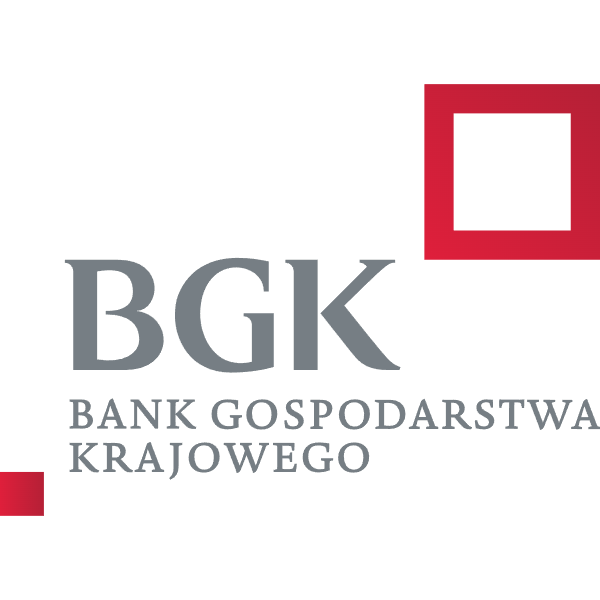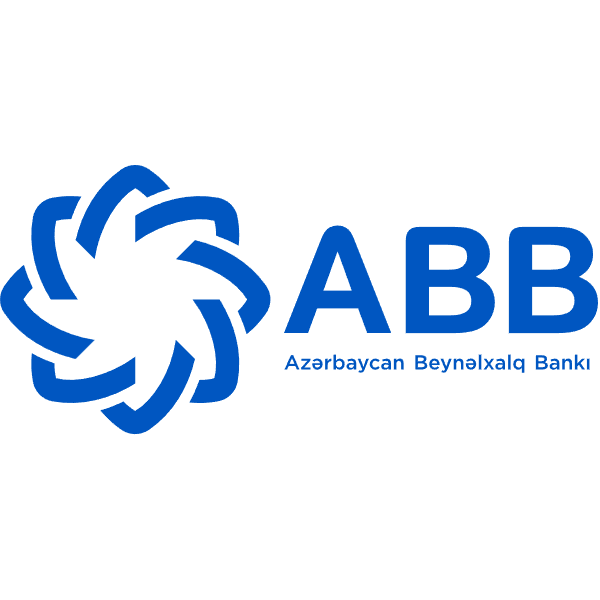Bank Basic Information
BGK is the only national development bank in Poland, founded in 1924 and headquartered in Warsaw. The bank is fully owned by the Polish government and is a state-owned bank, whose main task is to support the social and economic development of the country.
full name of the bank: Bank Gospodarstwa Krajowego
English abbreviation: BGK
was founded in 1924
Headquarters address: Aleje Jerozolimskie 7, 00-955 Warsaw,
PolandOfficial website: https://www.en.bgk.pl/
SWIFT Code: GOSKPLPWXXX
LEI Code: 259400BCOV9JJIGLYF05
Scope of Services
BGK operates primarily within Poland and focuses on supporting the social and economic development of the country. The bank offers a wide range of financial services through partnerships with governments, corporations, and other financial institutions, including infrastructure investment, housing support, export transactions, and more.
Coverage area:
Number of offline outlets nationwide in Poland: The specific number is not disclosed, but it is mainly concentrated in major cities in
PolandATM distribution: BGK does not provide retail banking services, As a result, there is no ATM network
supervision and compliance
, and BGK is regulated by the Polish Financial Supervision Authority (KNF). This agency is responsible for overseeing the operations and compliance of financial institutions such as banking, insurance, securities, etc.
Name of Supervisory Authority: Polish Financial Supervisory Authority (KNF)
Regulation Effective Date: Regulated by KNF since the establishment of BGK
Address:P iękna 20, 00-549 Warsaw, Poland
Supervisory Authority Tel: +48 22 262 51 00
Official website of the regulator: https://www.knf.gov.pl/en/
It is important to note that BGK is not protected by the Bank Guarantee Fund (BFG) in Poland, as its main target audience is government and corporate customers.
Financial healthAs
of the end of 2023, BGK's total assets were PLN 222.35 billion and net profit was PLN 3.15 billion. The bank's capital adequacy ratio and liquidity coverage ratio remain at high levels, indicating good financial health. European Bank
Total assets: PLN 222.35 billion (2023)
Net profit: PLN 3.15 billion (2023)
Capital adequacy ratio: Specific data not disclosed, but maintained at a high level
of non-performing loan ratio: Specific data not disclosedLiquidity
coverage ratio: specific data not disclosed, but maintained at a high level
of deposits and loansBGK
mainly provides financial services to government and corporate customers, Traditional retail banking products are not available. Its main products include:
loan class:
infrastructure investment loans
, housing-backed loans
Export Transaction Financing
Deposits:
List of Common Fees
for Not Providing Retail Deposit ServicesSinceBGK does not provide retail banking services, it does not charge account management fees, transfer fees, overdraft fees and other fees of traditional banks.
Digital Service
ExperienceBGK provides an online platform for customers to access banking information and services. However, since its primary target audience is government and enterprise customers, digital services are mainly focused on enterprise-level applications.
APP & Online Banking: Provide an online platform for customers to access banking information and
servicesTechnological innovation: Participate in many national and international projects to promote digital transformation
Customer Service
QualityBGK offers a variety of customer service channels, including phone, email, and online contact forms. Customer service is primarily for government and enterprise customers.
phone: +48 22 475 88 88
Contact page: https://www.en.bgk.pl/contact/
Security
MeasuresBGK takes a variety of measures to ensure the security of customer funds and data, including:
, data security: the use of advanced technical means to protect customer data
Fund security: As a China Development Bank, BGK's fund security is guaranteed by the government
special services and differentiation
, BGK has a unique position and role in supporting the country's social and economic development. Its featured services include:
infrastructure investment support: financing support for major national infrastructure
projectsHousing support: housing loans, support for housing market development
, export transaction support : Financing and guaranteeing export transactions of Polish companiesMarket
Position & HonorBGK
is the only national development bank in Poland and plays an important role in supporting the social and economic development of the country.It also enjoys a good reputation internationally and has participated in a number of international cooperation projects.














